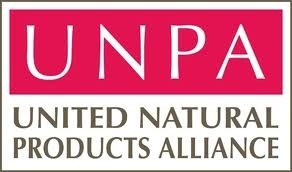‘Phytoforensics’ could help industry avoid most adulteration disasters: Expert

Adulteration is never far from the headlines for the dietary supplements industry, whether it is deliberate (economically motivated) or accidental. Rushing a product to market carries great risk as well as the promise of reward, but according to James Neal-Kababick, director of Flora Research Laboratories, “most of the disasters I have seen in the industry could have been completely avoided or at least reduced to a blip on the radar screen had stakeholders engaged an expert in Phytoforensic science.
“Engagement means more than having us run an HPTLC (high performance thin layer chromatography) identity method,” he said.
“We often recommend to companies that we go much further but cost & time are often limiting factors. Frequently, companies feel like they have the inside scoop on a hot new product and in the interest of protecting their perceived IP they end up with massive liability.”
Going further
Kababick added that many industry stakeholders are not grasping certain key issues about identity testing versus clandestine pharmaceutical.
“All analytical tests have a scope and purpose: The purpose of a typical HPTLC identity test is to confirm the botanical identity of a material and the scope may include differentiation between the authentic material and some commonly used adulterants (like prickly pear cactus in hoodia testing).
“Just as you would not expect your HPTLC ID method to detect pesticides and heavy metals, expecting it to find pharmaceuticals is not realistic. That is not the scope or purpose of an identity test. There are HPTLC tests that can be used for this work but the power of GCMS and LCMS techniques as well as micro spectroscopy are far more powerful and effective in screening products for large classes of clandestine compounds.
“In addition, the resolving power of GC and LC methods means you can separate more compounds and the mass spectroscopy gives incredibly rich data for structural elucidation which is important when working with potential novel analogue/designer drugs.
“It is one thing to run a test for a known marker or to profile the major compounds in a botanical for pattern recognition. It is quite another thing to conduct non-targeted analysis where you may not know what the compound structure is or how much is there. That moves into the realm of a highly skilled and specialized Phytoforensic scientist with molecular spectroscopy skills.
“I can’t stress enough how critical it is that companies vet any new dietary ingredient proffered to them that they are considering putting into their product.”
Kababick explained that companies should engage experts to perform a comprehensive literature search, characterization of the proffered product and a comprehensive phytoforensic study. Phytoforensic involves pulling together the different parts of the puzzle to form a big picture of what is going on, he said.







